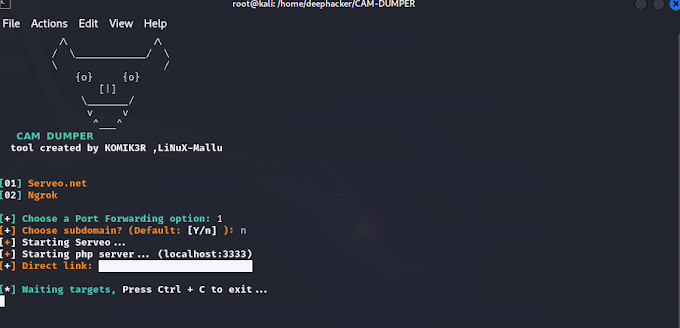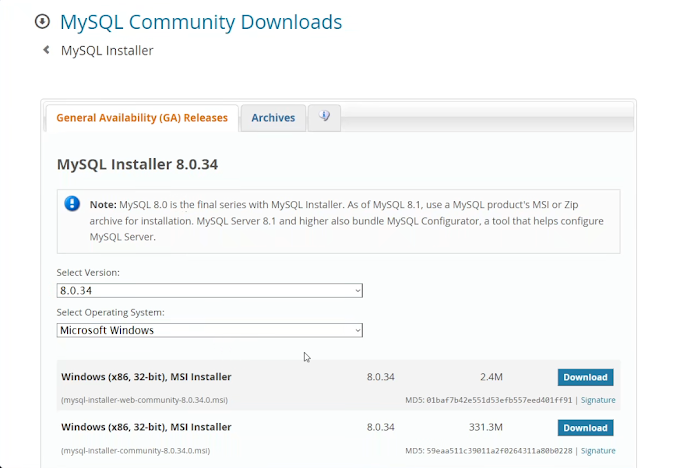How to install Maltego on Kali Linux,Ubuntu,Parrot
To install and set up Maltego on Kali Linux, you can follow these steps:
1. Open a terminal window on your Kali Linux system.
2. Add the Maltego repository to your system's sources.list by running the following command:
bashecho "deb http://maltego.paterva.com/maltego4/repo kali contrib" | sudo tee /etc/apt/sources.list.d/maltego4.list3. Import the repository's GPG key by executing the command:
arduinocurl -s https://maltego.paterva.com/KEYS.txt | sudo apt-key add -4. Update the package lists on your system by running:
sqlsudo apt update5. Install the Maltego package using the following command:
sudo apt install maltegoce
6. Once the installation is complete, you can start Maltego by typing `maltegoce` in the terminal, or you can find it in the Kali Linux applications menu.
7. The first time you launch Maltego, you will need to sign up for a free account or log in if you already have one. This account is necessary to access the transforms and other functionalities.
8. After logging in, you can start using Maltego for your reconnaissance and information gathering tasks.
Please note that these instructions are based on the assumption that the Maltego Community Edition (CE) is being installed. The CE is a free version of Maltego with limited features. If you have a commercial license for Maltego, you might need to follow a different installation process.
Make sure your Kali Linux system is up to date and meets the software requirements for Maltego.
HINTS :
After installing Maltego, there are a few steps you can take to start using the tool effectively:
1. Sign in or create an account: Launch Maltego and sign in with your account credentials. If you don't have an account, you can create one within the application. This account allows you to access the available transforms and data sources.
2. Familiarize yourself with the interface: Take some time to explore the Maltego interface and understand its different components. Familiarize yourself with the toolbar, the graph view, and the various menus and options available.
3. Select a target entity: Choose an entity that you want to investigate or gather information about. This could be a domain name, email address, IP address, or any other relevant entity.
4. Run transforms: Maltego gathers information by running transforms on the selected target entity. Transforms query data sources and retrieve information related to the entity. Start by running default transforms available in Maltego to gather initial information.
5. Analyze the graph: As the transforms run, the retrieved information is displayed in the graph view. Explore the graph to identify relationships, connections, and patterns. Use zooming, filtering, and other tools provided by Maltego to analyze the data effectively.
6. Expand the investigation: Use the information gathered to expand your investigation. Identify related entities or connections and select them as new target entities. Run additional transforms to gather more information about these entities and continue building the graph.
7. Customize transforms: If you have specific data sources or custom requirements, you can create your own transforms. Learn about the transform creation process in Maltego and explore the available documentation and resources to build custom transforms.
8. Utilize analysis features: Maltego provides various analysis features to help you make sense of the gathered data. Explore options such as filtering, pivoting, merging, and clustering to organize and analyze the information effectively.
9. Generate reports: When you have completed your investigation or need to share your findings, use Maltego's reporting features to generate professional reports. Customize the report format and include relevant graphs, tables, and findings.
10. Stay updated: Keep Maltego and its data sources up to date. Regularly check for updates and new transforms, as well as any news or announcements related to the tool. Staying updated ensures you have access to the latest features and data sources.
Remember to always use Maltego in an ethical and legal manner, respecting privacy and applicable regulations. It is also recommended to continue learning about OSINT techniques, data analysis, and related topics to enhance your skills and proficiency with Maltego.








![Step-by-Step Guide: Install NetHunter Rootless on Android [2023] - No Root Required](https://blogger.googleusercontent.com/img/b/R29vZ2xl/AVvXsEjr_ZkRL6AyVQsYrb3QCcsse840F2ukrgeihfWdzvaYG6DvKgRelbqvL5fC4DkxXErUxjB97vk67IzTDngE9evniR3VZt_8RXAEaCXgpHqZvuFc3eePbAh6kDSdWxjzItlt4lGdz3Dqk9W4frs-xzHocQkHjuMb45deGwPO9w2AdqNPRdkhOYG1a12_P3Q/w680/kali%20nethuter.png)
